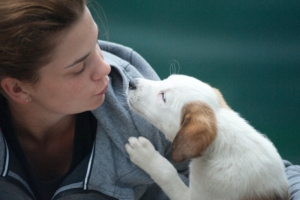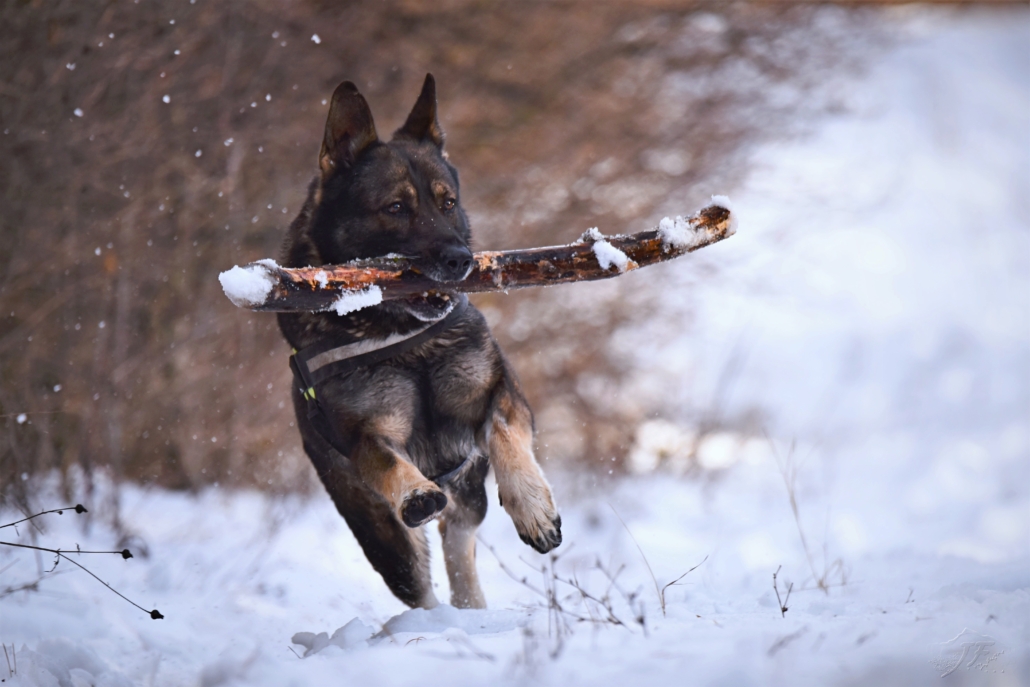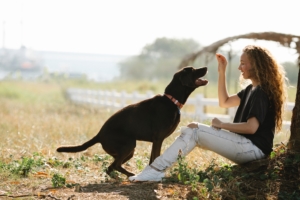
Image Credits | All images: Sam Lion – https://www.pexels.com/@sam-lion/
Adopting a rescue cat is, without a doubt, one of the most heartwarming ways you can bring a furry family member to your home as you’re quite literally saving a cat’s life.
While there are undoubtedly challenges that come with adopting a cat from a rescue or shelter, there are also a surprising number of benefits that come with it that you may not realize. Below, we’ll go over five of the biggest reasons to adopt a shelter cat into your home.
1. Price – No Need To Pay Too Much!
Sometimes a cat in need of a home might wander into your life as a stray. Usually, you need to be very careful that the cat who appears looking for food at your door is, in fact, a stray and does want to be rescued. Even if you can be sure of that, taking in a stray or feral cat in a moment of wishful thinking comes with its own set of challenges, namely paying for vaccinations to make sure the cat is healthy and safe to be around and taking them to the vet for a general check-up. This alone can cost a few hundred dollars depending on who you go to and what you end up getting for them. In that situation, you are best taking your stray to a shelter, making it clear that you want to adopt but get their help in making that transition.
Cats from places like breeders or specialty cat stores can potentially become quite cost-prohibitive. Not only that, but you’ll likely end up paying for at least a few of the aforementioned medical procedures, even if it’s only some of the different vaccines.
Shelters, on the other hand, handle most of these issues right off the bat. From immunizations to chipping your cat to having them spayed or neutered, shelters have already done much of the heavy lifting. Keep in mind that that’s just for immediate medical concerns. If you’re dealing with a cat with special needs, some shelters may have different medications offered at either free or at a steep discount based on the area. They may also include things like unused beds, cat toys, blankets, and any other thing that can greatly reduce the initial cost of the cat’s upbringing, something that you’d be hard-pressed to replicate through any other pet adoption method.
2. More Unique Options
In addition to being more cost-effective, rescue shelters truly offer some of the widest variety of cats to choose from. Unlike breeders, shelters will have all types of cats available, ranging in appearance, gender, personality, or age. Rescue shelters have taken in a wider variety of cats who all need homes, and the shelter staff can also help you to choose a cat who fits your lifestyle and needs.
You may be a bit hesitant to opt for going through a shelter to pick up a cat due to potential concerns such as physical issues or behavioral problems. There are many cat lovers who choose to adopt exactly these cats with such issues, but it may not be for everyone. If you choose to adopt a special needs cat, make sure you know what you’re getting into, and most special needs cats are just as loving and lovable as fully able-bodied. Of course, only a few cats at the shelter at any one time are going to have these needs.
3. Cats Are Purr-fect For Your Mental Health
Often cats in shelters have gone through their fair share of trauma and are ready for an owner who will love them as unconditionally as possible. These cats may be more likely to sleep on your lap, cuddle next to you, and get extra pets from you.
This attention and free head pats don’t just benefit the life of the cat, but you as well. Cats have been shown to help you cope with feelings such as stress or anxiety. They also can come to your aid if you’re feeling physically under the weather. While getting any cat will provide you with many of these perks, you may be more likely to experience them from a rescue cat that knows that you need her just as much as she needs you.
As long as you’re asking the right questions at the shelter they will make sure you find a cat that will give you the affection you seek, which is great for the long-term bond and mental health of both you and your cat.
As for those cats that do have trust issues, every shelter has a group of foster owners and cat lovers that they know can handle those cats. My neighbor is one who currently has eight shelter cats, none of which show her any affection, but she loves and cares for them all the same. It works for her, and it works for them!
4. Helps Prevent Overbreeding
While getting a cat from a rescue shelter isn’t going to automatically reduce the number of breeders, it can help chip away at a large number of unwanted cats. Adopting a pet means you aren’t purchasing from a pet store or breeder and encouraging them to continue breeding cats who may not find a home.
Going through a rescue shelter isn’t going to necessarily change the mind of cat breeders outright, but it does ensure that you aren’t contributing to the problem of overbreeding. There are several reasons to purchase a specific breed of cat, and for some cat owners that is a necessity. But for so many cats who need a second chance, adoptions are their only hope.
5. You’re Saving A Life
Last but not least, when you get a cat from a rescue shelter, you’re also quite literally saving its life.
Cats at rescue shelters don’t have a backup plan. If a cat isn’t picked up from a rescue shelter, chances are the shelter will have to eventually put the cat down to make room for the influx of newer cats brought in.
While this is sadly true, it’s even more of an issue for black and orange cats, who are picked the least and are most prone to being euthanized due to age-old superstitions where black cats were seen as ill omens. Unfortunately, this means these two cat colors are the most likely to be put down, making them the ideal option for someone interested in a cat while also saving a life.
And, of course, as soon as you take a cat home from the shelter, you’ve freed up a space for another cat to come in. So you’ve saved not just the cat you took home but another as well.
Adopting a Rescue Cat: The Verdict
Cats from rescue shelters want to be loved. They want to be picked, and they want to be given the opportunity to be part of a family. Ultimately, while I can never say alternative ways of getting a cat are bad, what I can say is that the love and affection a rescue shelter cat will offer can change both your life and theirs.
Guest Author: Dexter Jones is the head of content at We Love Cats and Kittens. He has been a solid member of the ‘Mad Cat Dad’ club since time began! Dexter has been a keen cat writer for many years and lives in Croatia with his two tabby cats, Milly & Marly, who also flew in from the UK to start their new Adriatic island life together.








